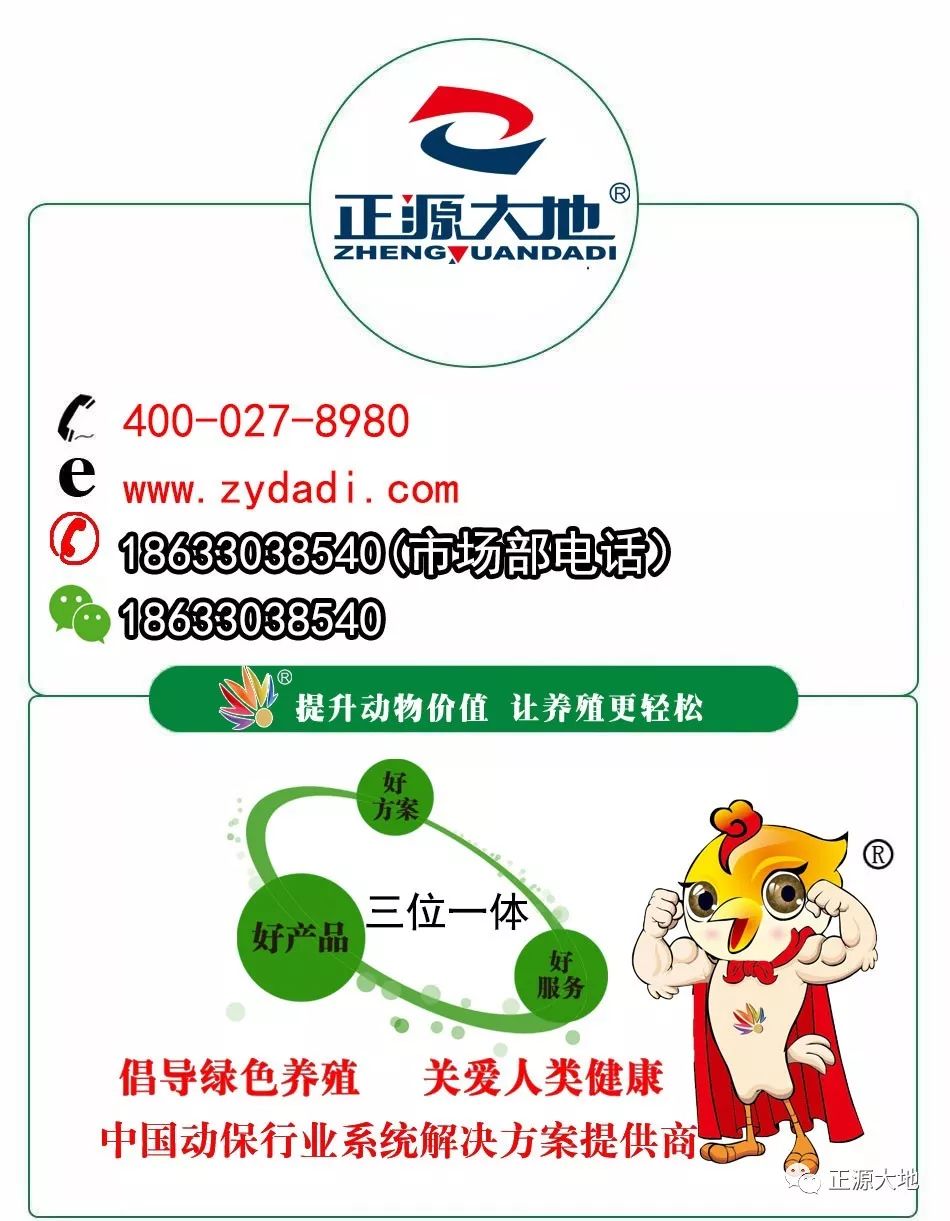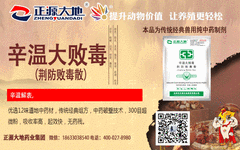
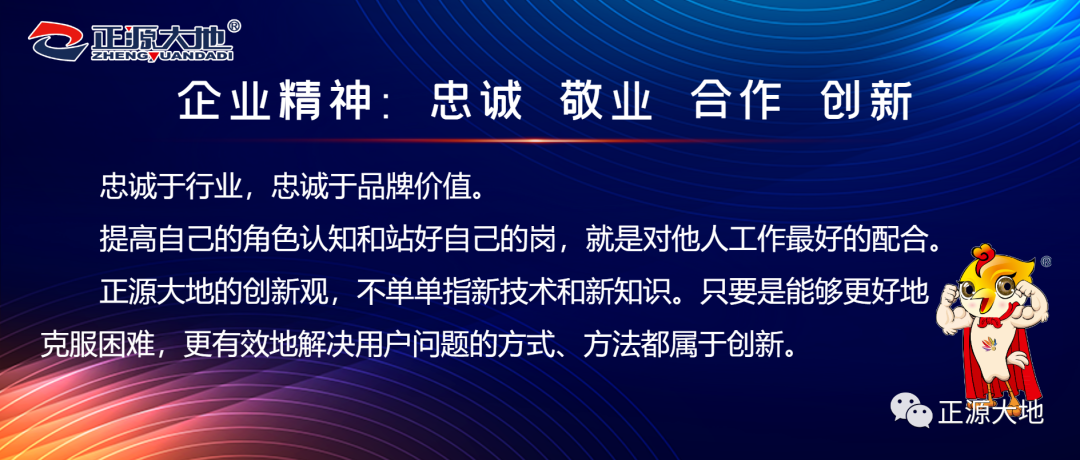
Wind-cold common cold is very common in the winter and spring seasons, affecting the health of poultry farming. However, most people think that a cold is simple and can be treated with antiviral drugs. Yet, the treatment results are often unsatisfactory.
Through long-term practice and study of Traditional Chinese Medicine (TCM), it has been found that wind-cold common cold is not simple, and the treatment plan is not fixed. Due to the different stages of the cold, the location and pattern of the disease vary, and the medication also differs. As the condition progresses, the location and depth of the pathogenic factors invading the body change, leading to different symptoms. It is necessary to apply 辨证施治 (differentiated treatment) to accurately formulate a plan for effective results.
Analysis: The wind-cold common cold can be roughly divided into four stages: 1. Wind-cold on the surface; 2. Half surface, half interior; 3. Entering the interior and transforming into heat; 4. Heat entering the nutritive and blood levels.
Generally, the initial symptoms of wind-cold common cold are mild and often easily overlooked. This stage is similar to a human cold and usually lasts for 3 to 4 days. Treatment should occur at this stage, as it is the best time to minimize losses in farming and achieve the best treatment effects. In TCM, this stage is considered: wind-cold on the surface, belonging to the 表寒证 (exterior cold syndrome), with the disease located in the 卫分 (defensive level).
The treatment principle should be: 解表散寒 (disperse the exterior and scatter cold). The representative formula is 辛温大败毒 (Xīn Wēn Dà Bài Dú, Jing Fang Bai Du San).
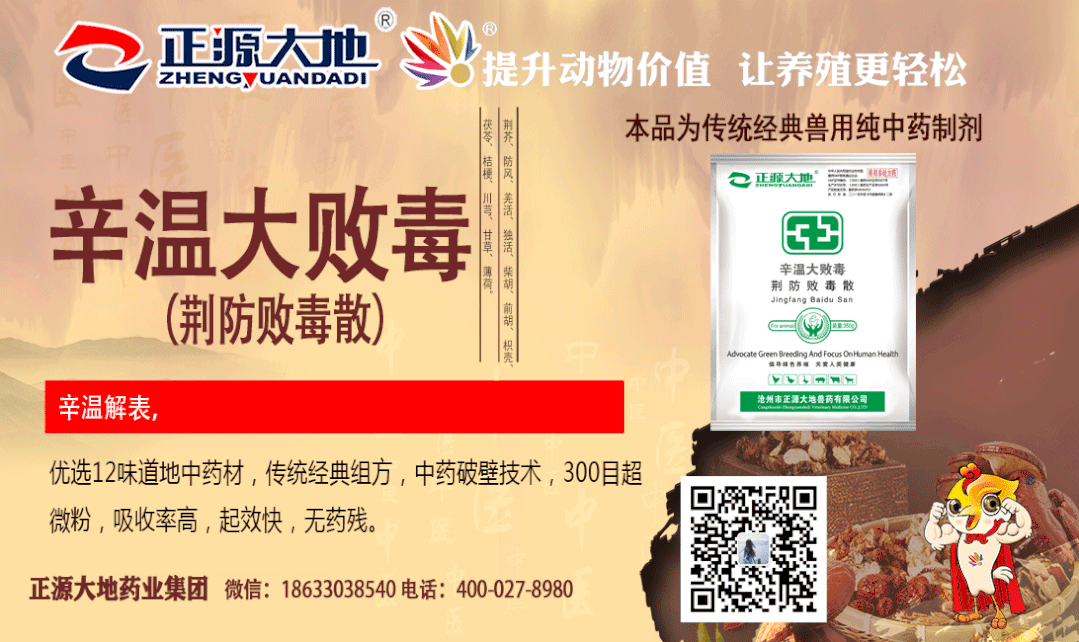
If treatment is not timely, the wind-cold common cold enters the second stage. This stage presents symptoms such as fluffing feathers, neck retraction, yellow-green watery droppings, decreased feed intake, reduced egg production, swollen heads and faces, aversion to cold, coughing, white phlegm in the trachea, and a congested nasal cavity with mucus. Mortality is low. TCM considers this stage to be a 半表半里证 (half exterior, half interior syndrome), indicating that the external pathogenic factor has transitioned from the surface to the interior, representing a type of disease pattern between exterior and interior syndromes.
The treatment principle should be: 和解表里 (harmonize the exterior and interior). Farmers are often the first to notice the disease at this stage. However, the best treatment period has passed, and this stage can cause certain losses to poultry. At this point, simply dispersing the exterior and scattering cold (辛温大败毒) may not be sufficient. It is advisable to add a medication to clear and resolve interior heat, such as 大清瘟 (Dà Qīng Wēn) or 板青败毒口服液 (Bǎn Qīng Bài Dú Kǒu Fú Yè), which will yield good results.
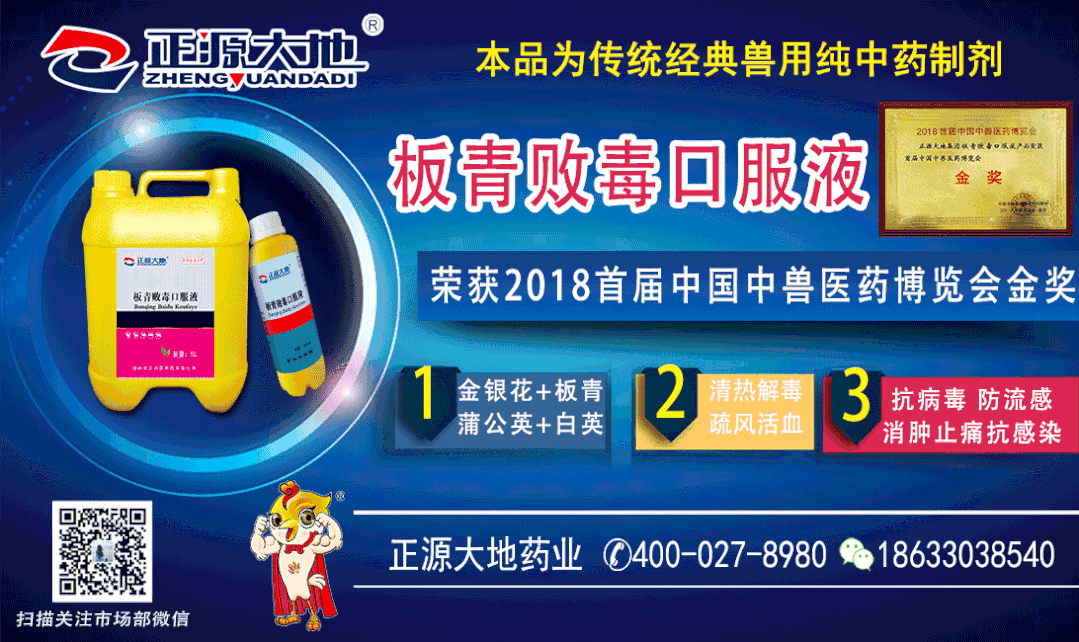
If farmers neglect the first stage, they must control the disease in the second stage. Otherwise, if the disease progresses, it will be difficult to manage. Not only will the medication costs be high, but the overall economic benefits will also suffer.
In the third stage, the cold pathogen enters the interior, becomes stagnant, and transforms into heat, leading to high fever in the body and potential inflammation. This can cause significant damage to organs, resulting in severe mortality and liquefaction of follicles, with a decrease in egg production. Treatment becomes relatively difficult. At this point, medication costs are high, and the effects are not ideal, requiring increased dosages or additional medications to resolve the issue. For example, 疫肽灵+大败毒+神草金蛋口服液 (Yì Tài Líng + Dà Bài Dú + Shén Cǎo Jīn Dàn Kǒu Fú Yè) should be used at increased dosages.
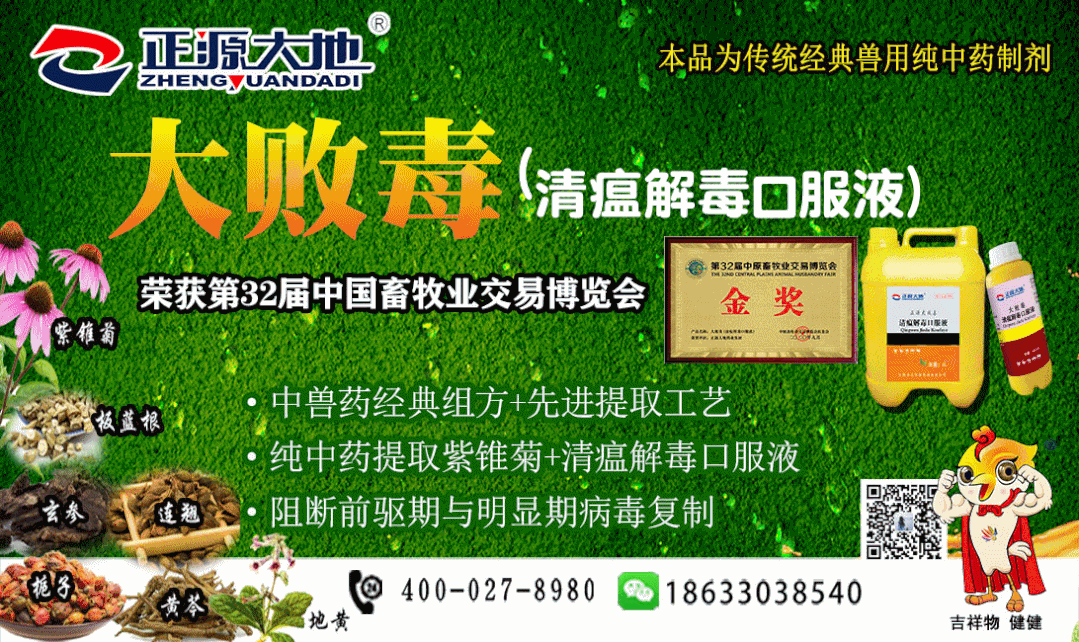
In the fourth stage, heat enters the nutritive and blood levels. If the cold pathogen enters the interior, becomes stagnant, and transforms into heat, it is necessary to promptly clear heat and detoxify, cool the blood, and nourish the yin to eliminate inflammation, repair damaged organs, and prevent the condition from worsening. However, sometimes treatment is missed due to reluctance or lack of attention, leading to heat entering the nutritive and blood levels, with heat toxins attacking the heart. This results in extreme depression, loss of appetite, and bleeding from multiple organs. At this point, there is no therapeutic value left, and one can only leave it to fate. Since the poultry will not eat or drink, even if medication is administered, absorption and transformation functions are impaired, making it a waste of resources.
The value of poultry differs from that of humans. Humans can try every possible means to save them, regardless of cost, as long as they survive, they hold value. However, poultry is different; once the treatment costs exceed the value of the poultry itself, it becomes a loss, so it is essential to approach this rationally.
(All works marked as “original” in this public account are owned by Hebei Zhengyuan Dadi Animal Pharmaceutical Co., Ltd. Any entity is prohibited from reprinting, excerpting, mirroring, or using the aforementioned works in any other way without authorization from the rights holder. Otherwise, legal responsibility will be pursued.
Author of this article: Senior Technical Political Commissioner of Zhengyuan Dadi Pharmaceutical Group 魏永正 (Wei Yongzheng). The treatment plans mentioned in this article are for reference only and should be adapted based on actual circumstances.)
Selected Past Articles
Click directly to see more exciting original works from Zhengyuan Dadi Pharmaceutical:
Link One: Ma Hui – The Ecological Symbiosis of Enterprises
Link Two: Ma Hui – Reflections on Watching “Mulan”
Link Three:Ma Hui – The Power of Belief
Link Four:Ma Hui – The Theory of Talent in Enterprises
Link Five:General Manager Ma Hui’s Article | On Service Relationships
Link Six:Zhengyuan Dadi 2020 “Fighting the Epidemic” Video – Crisis and Glory
Link Seven:Worth Collecting! Summary of Intestinal Diseases in Chickens
Link Eight:Zhengyuan Beautiful Articles – Time is the Mark of Growth
(Please watch the blessing video from the Fifth Annual Customer Conference of Zhengyuan Dadi in Xishuangbanna, duration 7 minutes)
